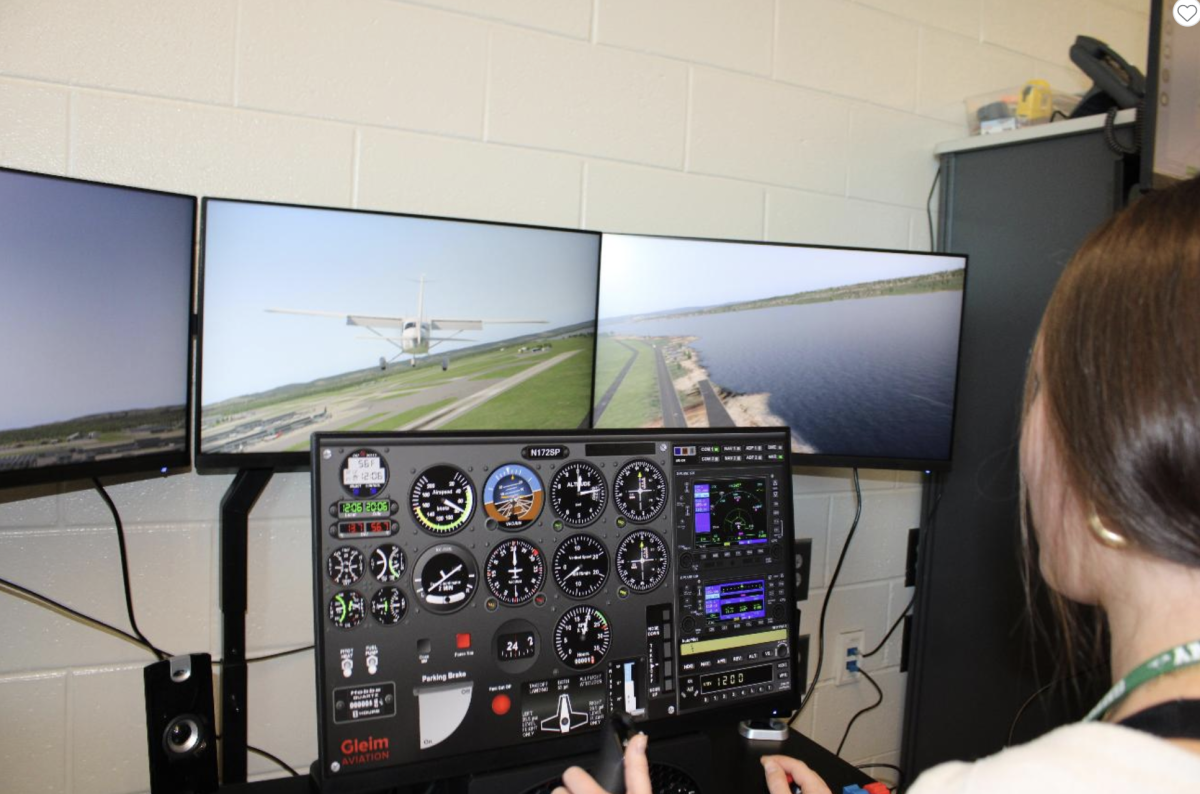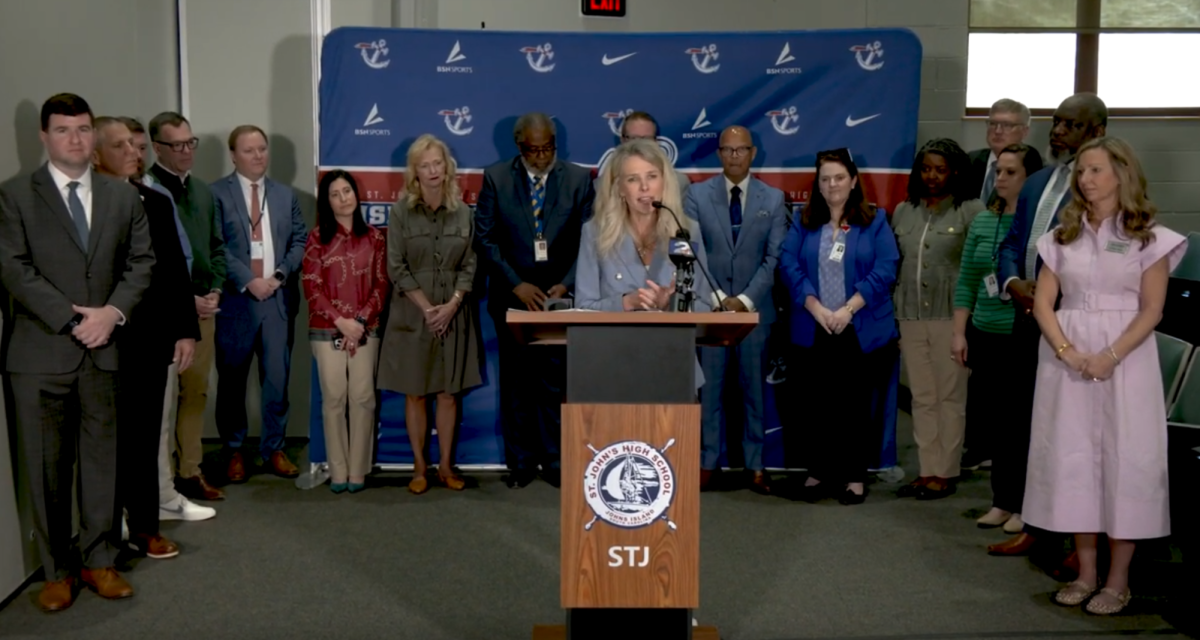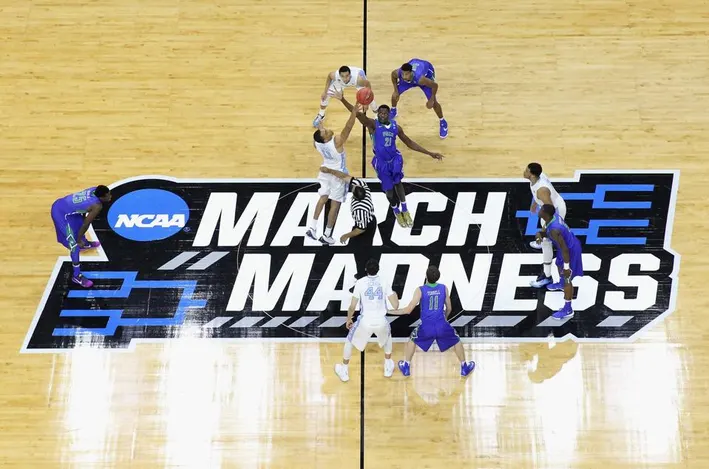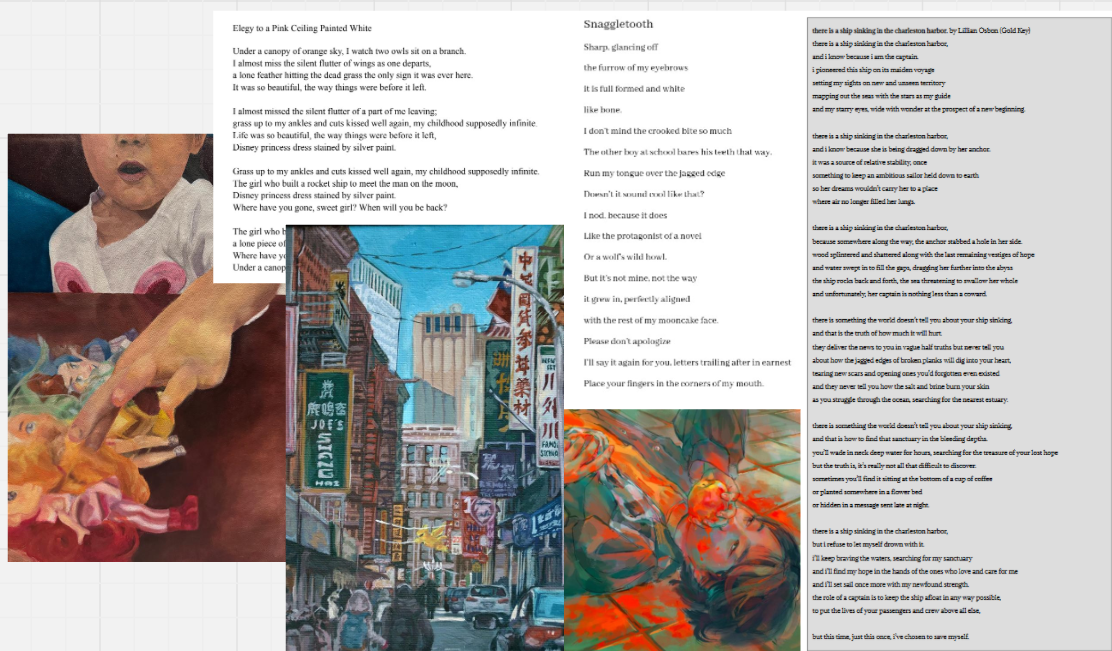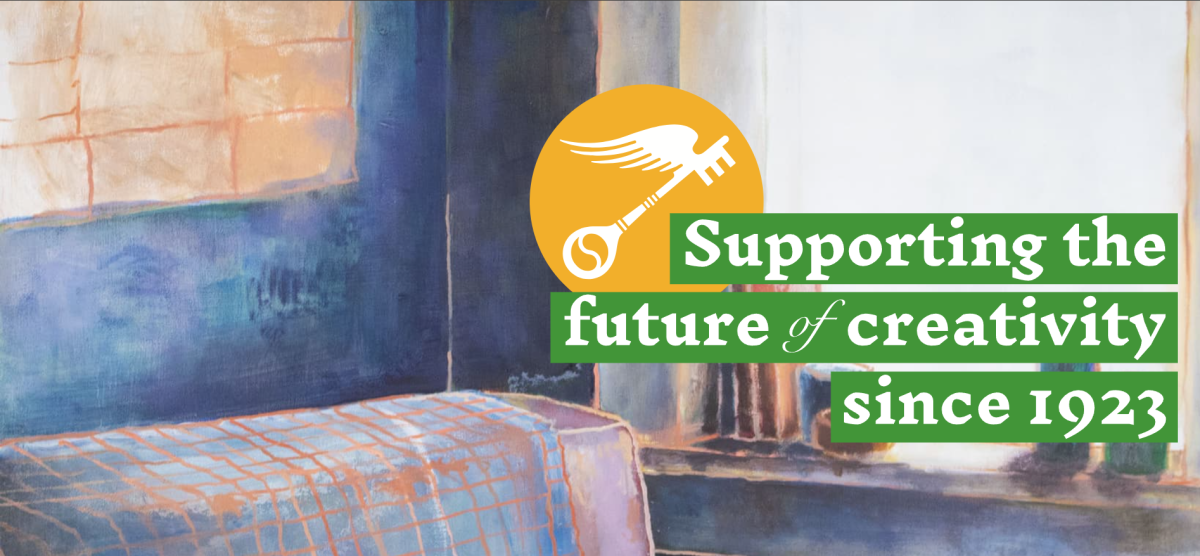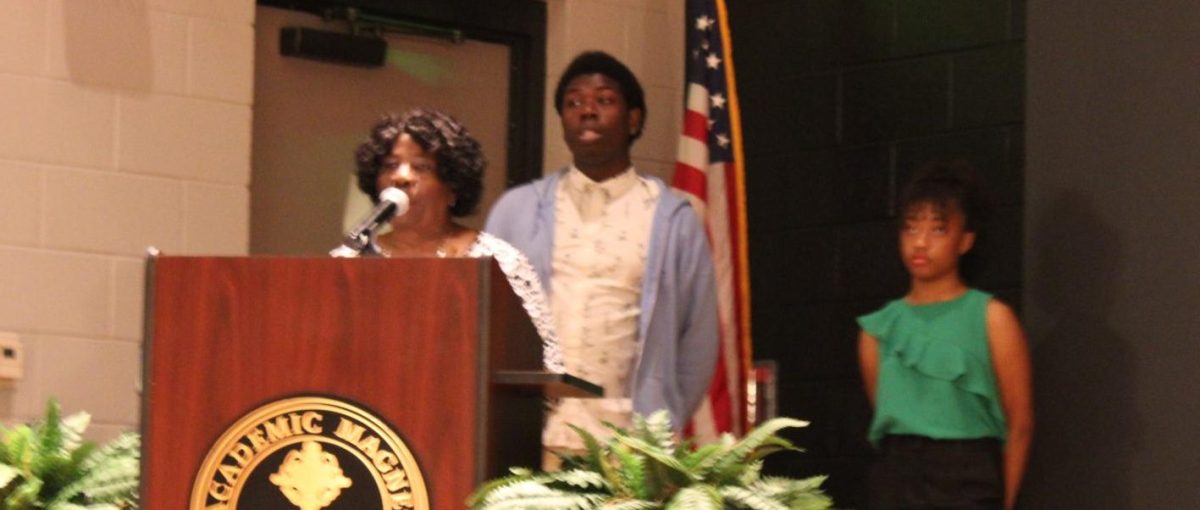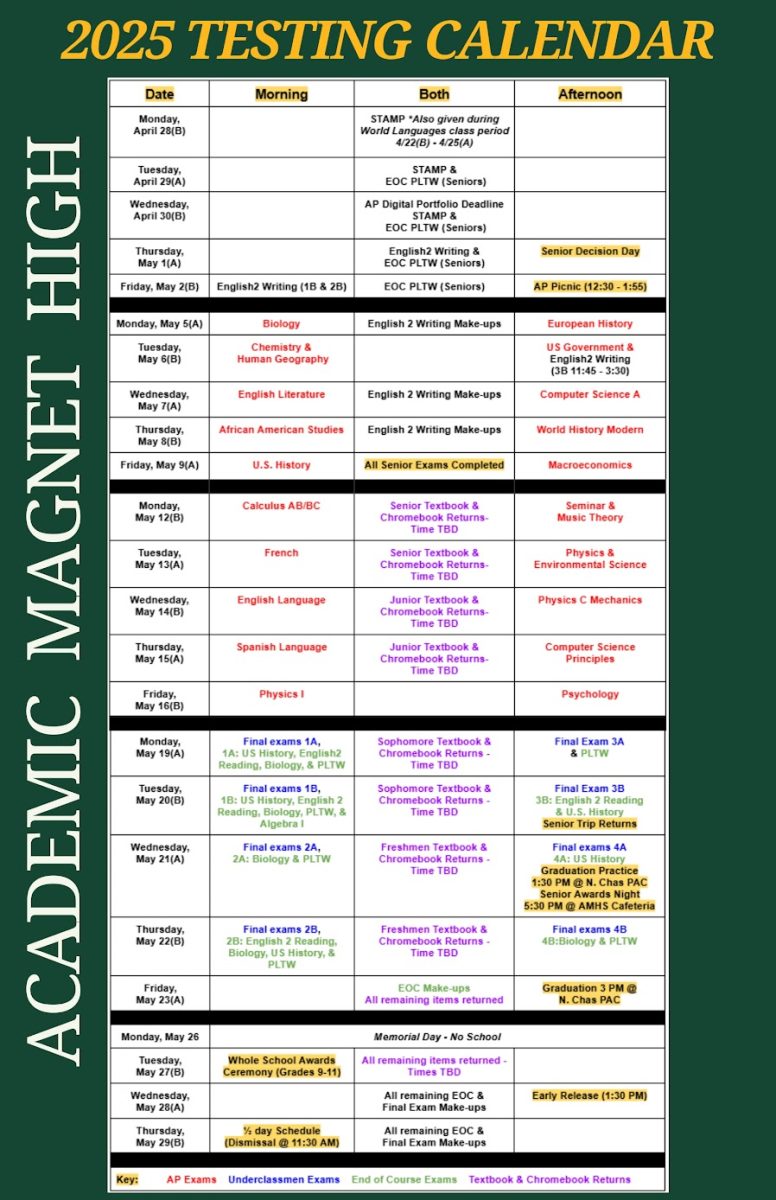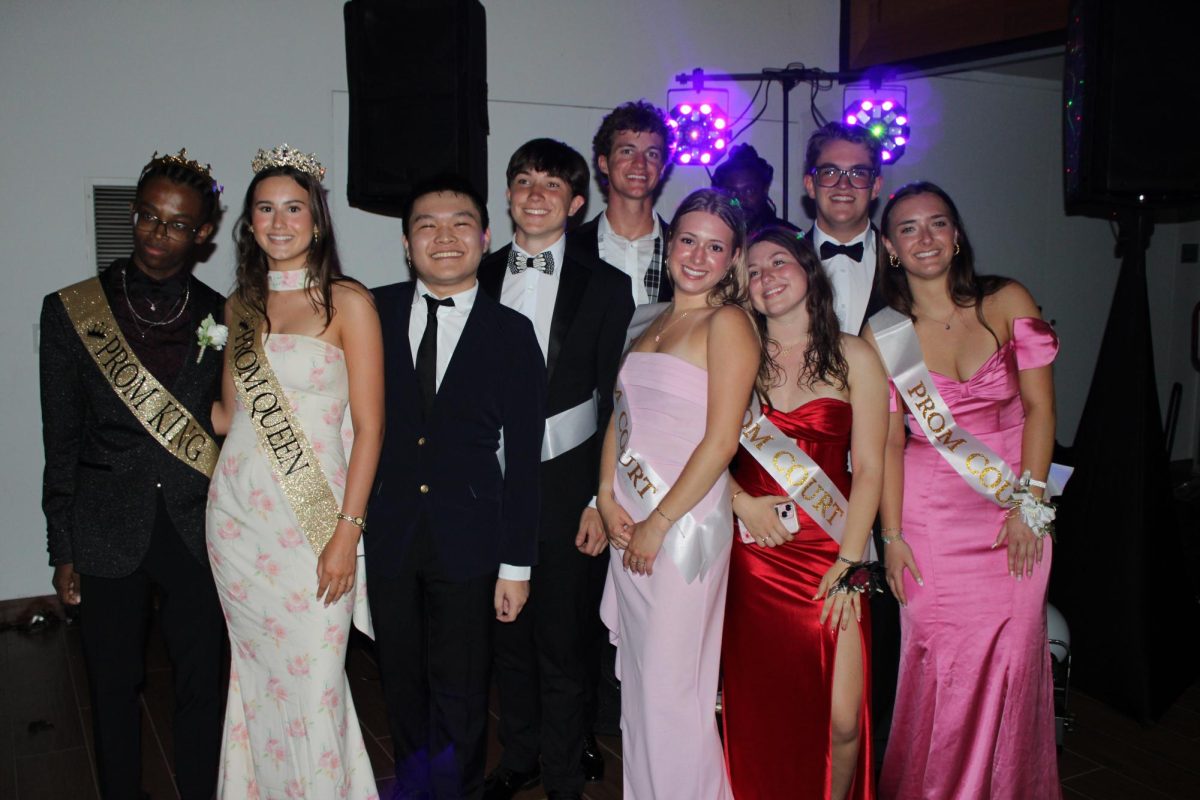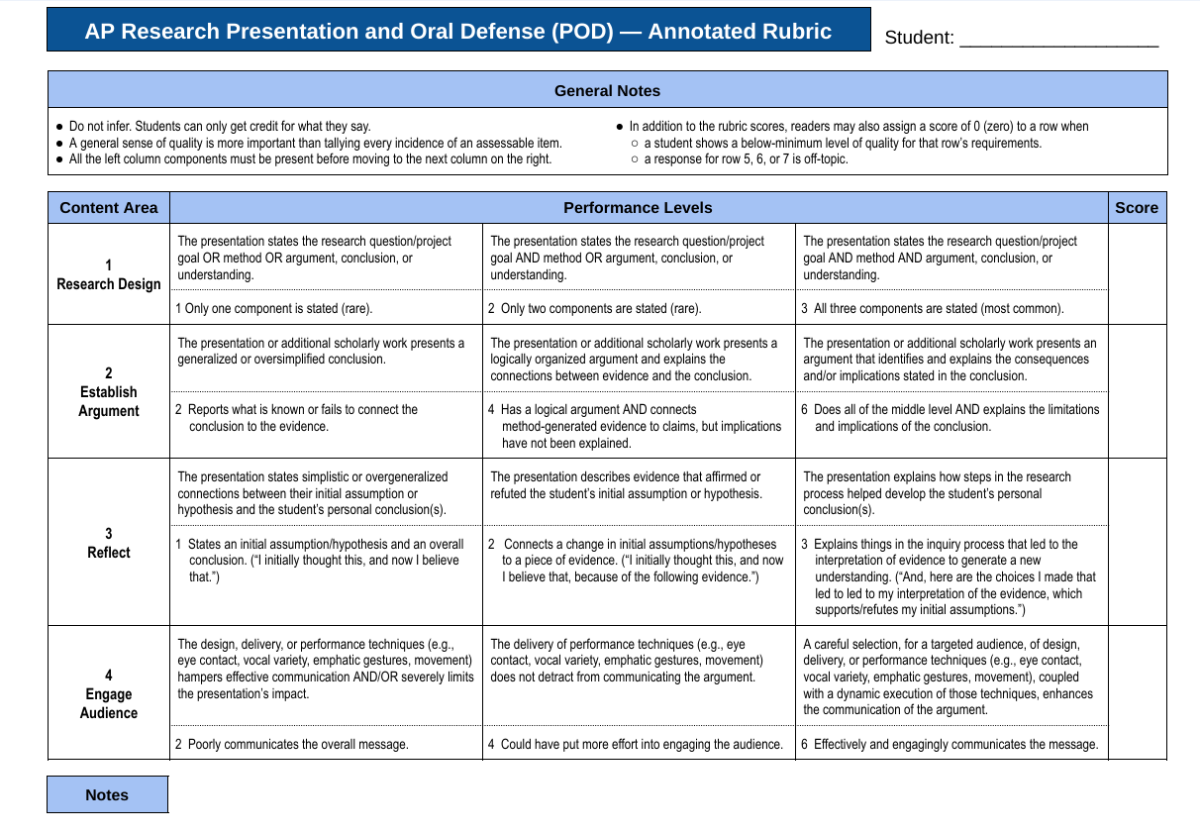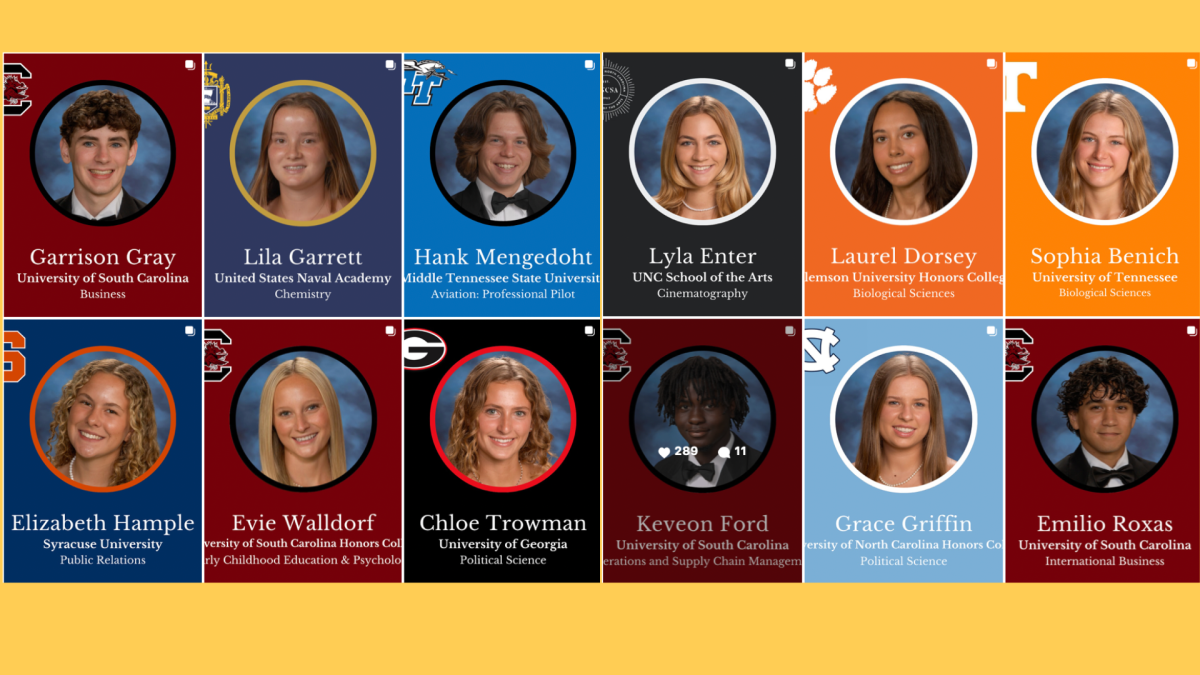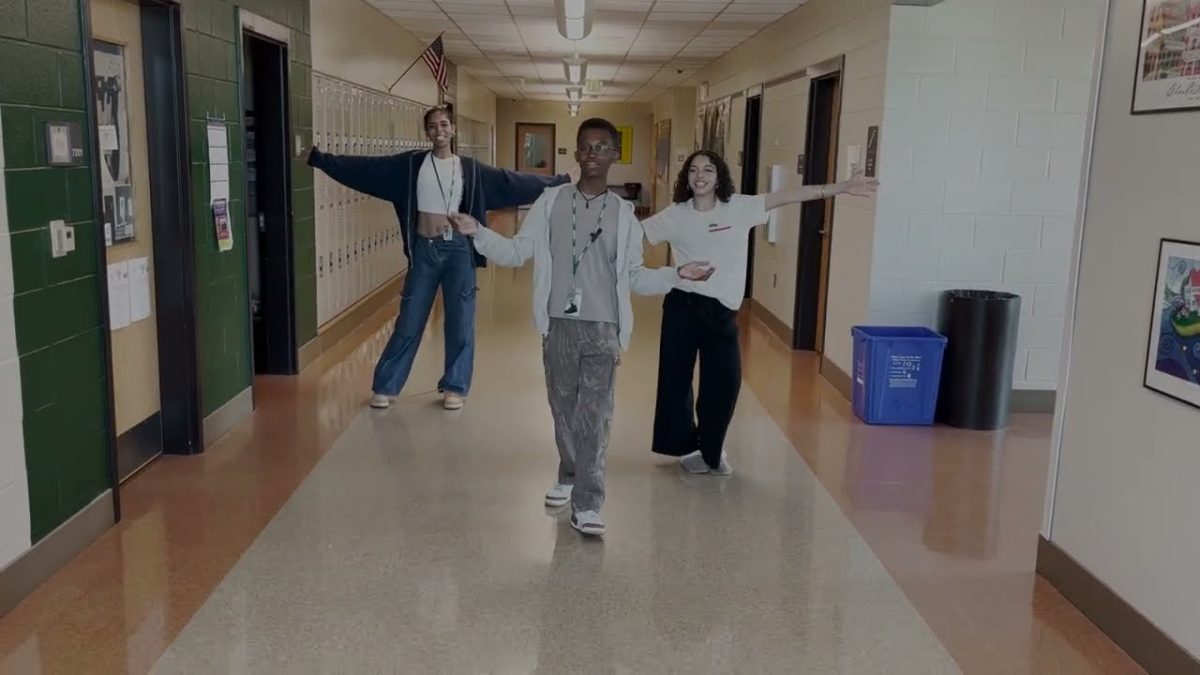One of Magnet’s many clubs, Aviation club is a great segway to a career in the sky, and involves the use of a great tool. Not many schools give students the opportunity to interact with a realistic simulation of flying a plane. Just one of Magnet’s hidden gems, the Federal Flight Administration (FAA) certified flight simulator is an official Basic Aviation Training Device (BATD). This certification allows for users to earn up to 2.5 hours towards their pilots license, and up to 20 hours towards their IFR (Instrument Flight Rules) license. While intended for the aerospace class, according to frequent flyer and co-president of Aviation Club, Rachel Agudelo, their club gets the most use out of this machine. In addition to their roles as co-presidents of Aviation club, both Rachel and Ethan McCleary are also teachers in the club. Their role includes showing students how to use the flight simulator, which consists of training around take-off, landing, operation, and basic maneuvers. Not only that, but Rachel and Ethan also work to prepare future flyers for the Airman’s Knowledge test by going over FAA rules and regulations, traffic patterns and more.
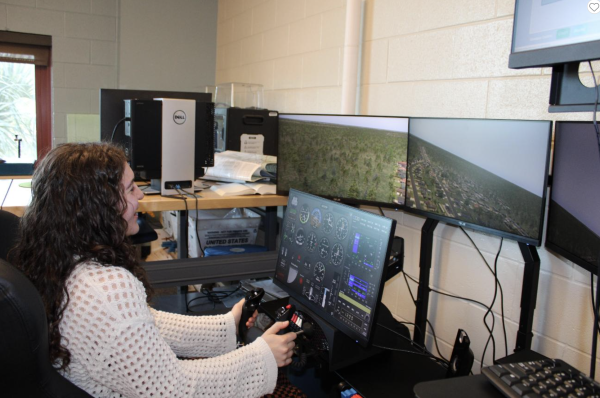
Purchased from funds raised by the school, the engineering department was able to buy the flight simulator, which came to Magnet around early January of this year. Located in Mrs. Beuk’s room, this edition comes equipped with 3 screens and a Honeycomb yoke– one of the most advanced flight simulation systems that acts as a replica “steering wheel,” or controls, of a regular aircraft– and includes various flight controls. On top of the flight mechanics, this simulator also has an adjustable chair and a touch-responding avionics panel. In addition to these screens, there is an extra fourth screen which can alter weather conditions for more realistic obstacles, and even monitor the simulated flight path in real time. Only one type of plane is officially certified on this simulator, which is the Cessna 172. This class of online aircraft consists of two different avionics options: fully analog or fully glass. One of many differences is that the analog display is an older style which contains round dials and less navigation tools, while fully glass has screens instead and includes all instruments on one display. This particular 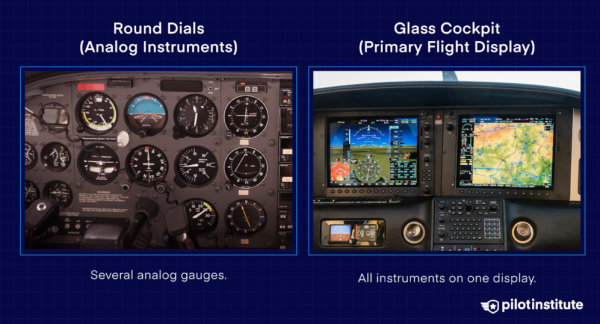 aircraft’s fully glass option is an integrated G1000. While there are many other airplanes to choose from on the simulator, the Cessna 172 is the only one which students can get hours toward their license. Students were actually able to choose which aircraft was certified on the simulator, and chose the Cessna 172 due to its reputation as one of the most common airplanes used for basic flight training. Since most students who use this simulator are in the Aviation Club or aerospace and intend to pursue a career as a pilot, these hours flying the Cessna 172 are a huge help in kickstarting their flying journey. Aviation club is actually preparing for AviCom right now, an event taking place in March where club members will be tested on their ability to use a flight simulator. Although she competed last year, Rachel is no longer eligible since she earned her official pilot’s license this past August. Congrats! Rachel adds that she hopes she and other seniors have sufficiently taught the younger members how to utilize the flight simulator so that they may “enjoy the plethora of benefits the simulator has to offer,” and I am sure they will!
aircraft’s fully glass option is an integrated G1000. While there are many other airplanes to choose from on the simulator, the Cessna 172 is the only one which students can get hours toward their license. Students were actually able to choose which aircraft was certified on the simulator, and chose the Cessna 172 due to its reputation as one of the most common airplanes used for basic flight training. Since most students who use this simulator are in the Aviation Club or aerospace and intend to pursue a career as a pilot, these hours flying the Cessna 172 are a huge help in kickstarting their flying journey. Aviation club is actually preparing for AviCom right now, an event taking place in March where club members will be tested on their ability to use a flight simulator. Although she competed last year, Rachel is no longer eligible since she earned her official pilot’s license this past August. Congrats! Rachel adds that she hopes she and other seniors have sufficiently taught the younger members how to utilize the flight simulator so that they may “enjoy the plethora of benefits the simulator has to offer,” and I am sure they will!
If you are interested in Aviation club, be sure to contact the co-presidents Rachel: agurac5568@ccsdschools.com or Ethan: mcceth6207@ccsdschools.com if you are interested in joining!
Thank you for reading and a special thanks to Rachel Agudelo for all the flight simulator information.



